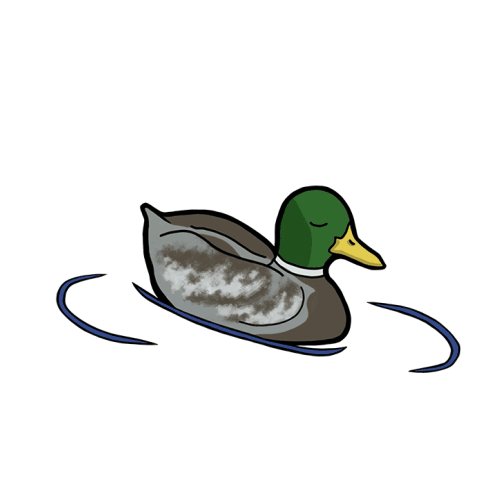Benjamin Snell
Staff writer
Many students are upset by the disappearance of one animal that was once on campus: the nutria. The animal is a semiaquatic rodent that is originally from South America, but entered North America starting in 1899. A few years ago, the nutria was loved by many who visited and resided at Willamette, but recently, there have been few sightings of them and little information surrounding their disappearance.
Groundskeeper Jim Andersen gave specific details regarding the nutria’s presence on campus. He said that the nutria were not permanent residents on campus to begin with: “They never were around until, I think it was about 2017, or 2016. We never had 'em around on campus. You might get one or two, and then about 2016, I think, we had a garden curator who started to feed them. And then they became almost a nuisance, they were all over the place. And then about 2018, they disappeared.”
Though no one is entirely sure why the nutria have gone away in recent years, there are some theories about what may have driven them off. Andersen said that recently, there has been at least one beaver behind Sparks, near 12th Street, and he thinks that it is certainly a possibility that they could have scared the nutria off.
Another theory Andersen shared is that there was only one family of nutria who had been living on campus, and their population has since died off. He knows that the main reason the nutria were attracted to campus initially was because of a gardener who fed them, but he doesn’t think that a lack of food is why they have disappeared. He said: “It’s almost like the nutria decided not to come around anymore, and I’m not sure if that’s because he’s stopped feeding them, but we were still feeding them. We had a student who was still feeding the carrots, and they were around a little bit. But then they just kind of, fizzled away.”
Andersen said that it would be great to have the nutria return to campus:, “I think they were very beneficial because it brought a lot of people to the garden to look at them and kind of interact with them. So in that respect I think it was very beneficial. They can be detrimental because they tend to burrow homes in the sides of the waterways, so that makes it weaker and things can kind of, sort of break down into the waterway. But we never really found that as a detriment. I mean, I never saw that was happening.” He also said that he had never seen them behaving with any sort of hostility towards residents or visitors, and even told of one who climbed up someone’s leg and said that he’s even seen them sitting on peoples’ laps.
Though the future of the nutria is uncertain, Andersen remains optimistic. “Maybe if we try and put some feed or something out there maybe they will come back. I don’t know. And certainly this time of the year, spring is springing. So all of the youngsters are out, from goslings to ducklings, to you name it. So maybe they will show up.”

Comentários